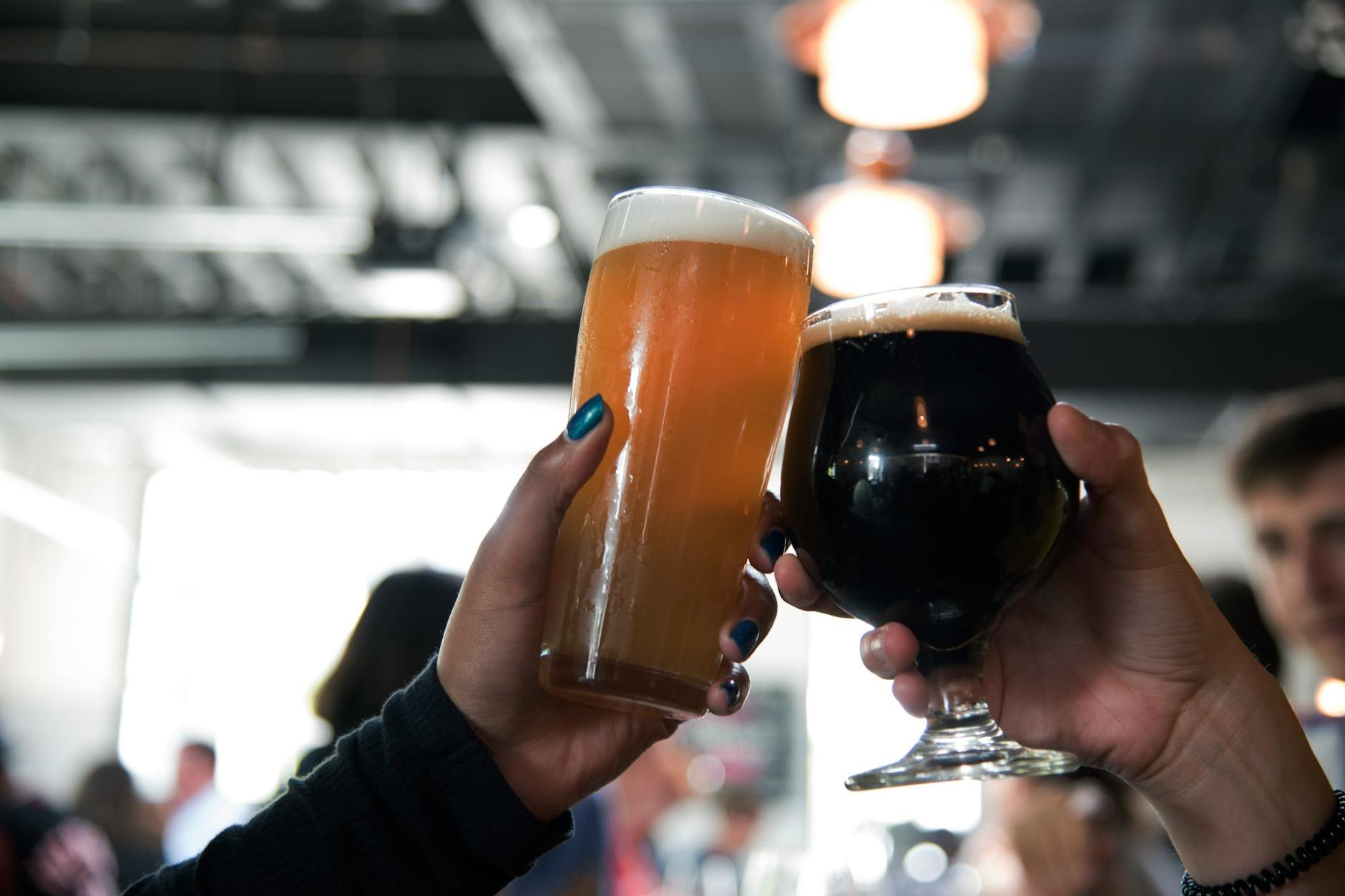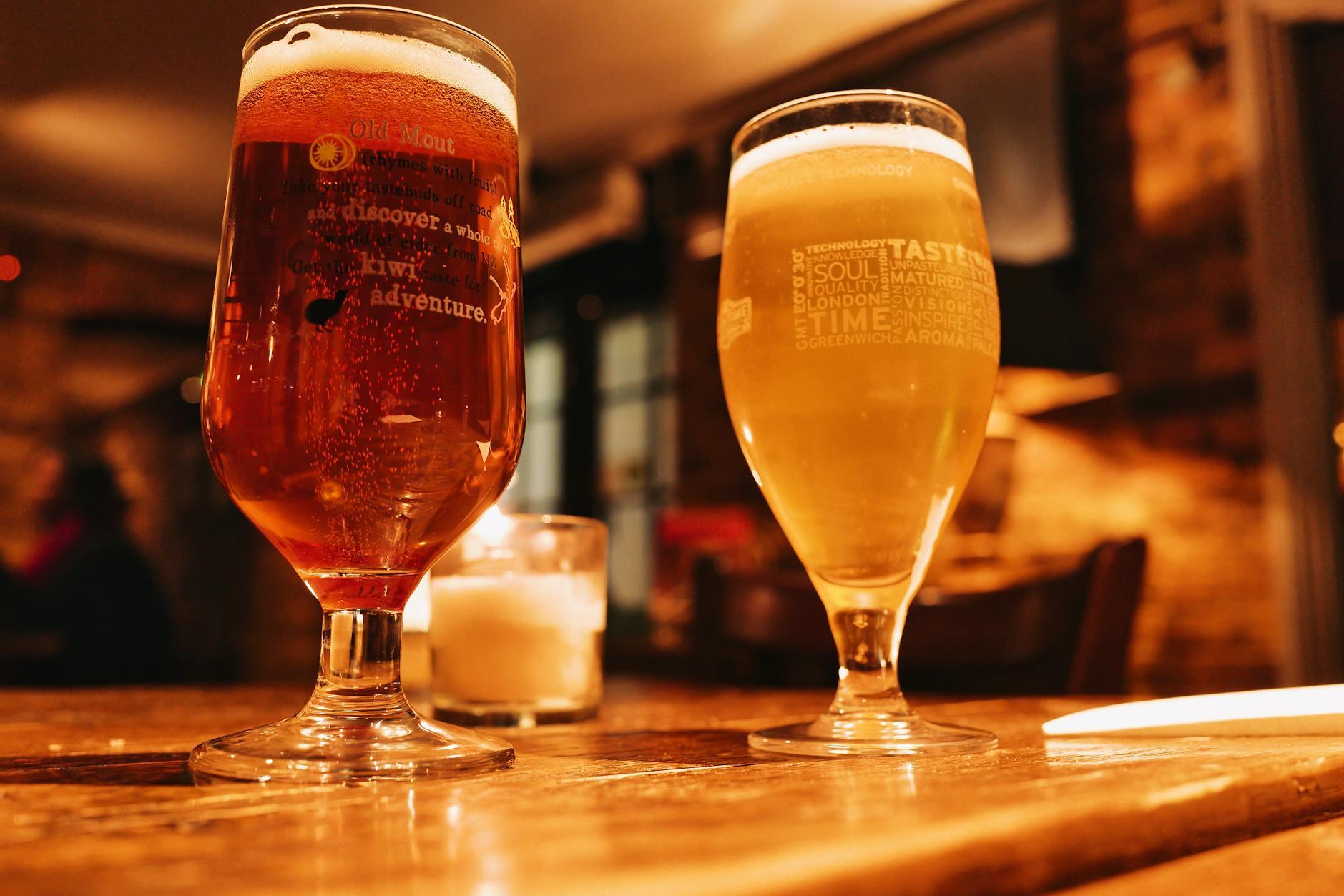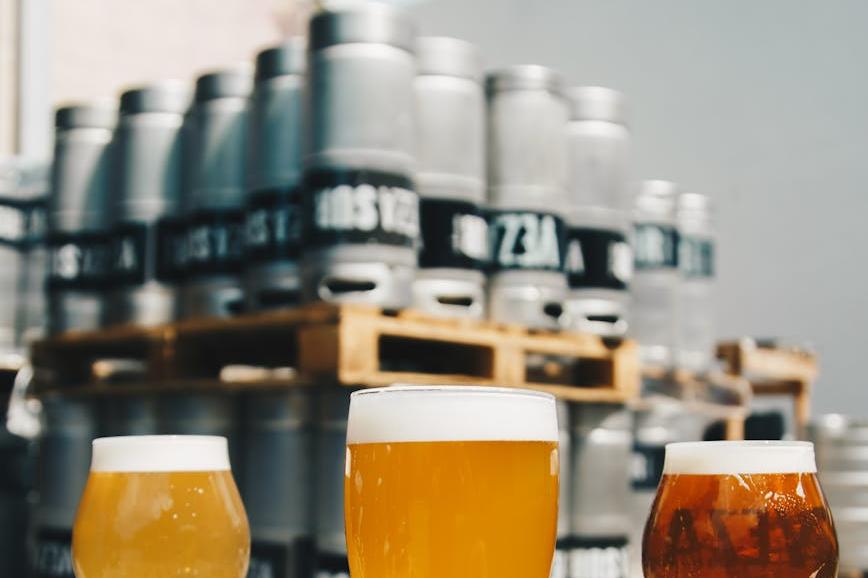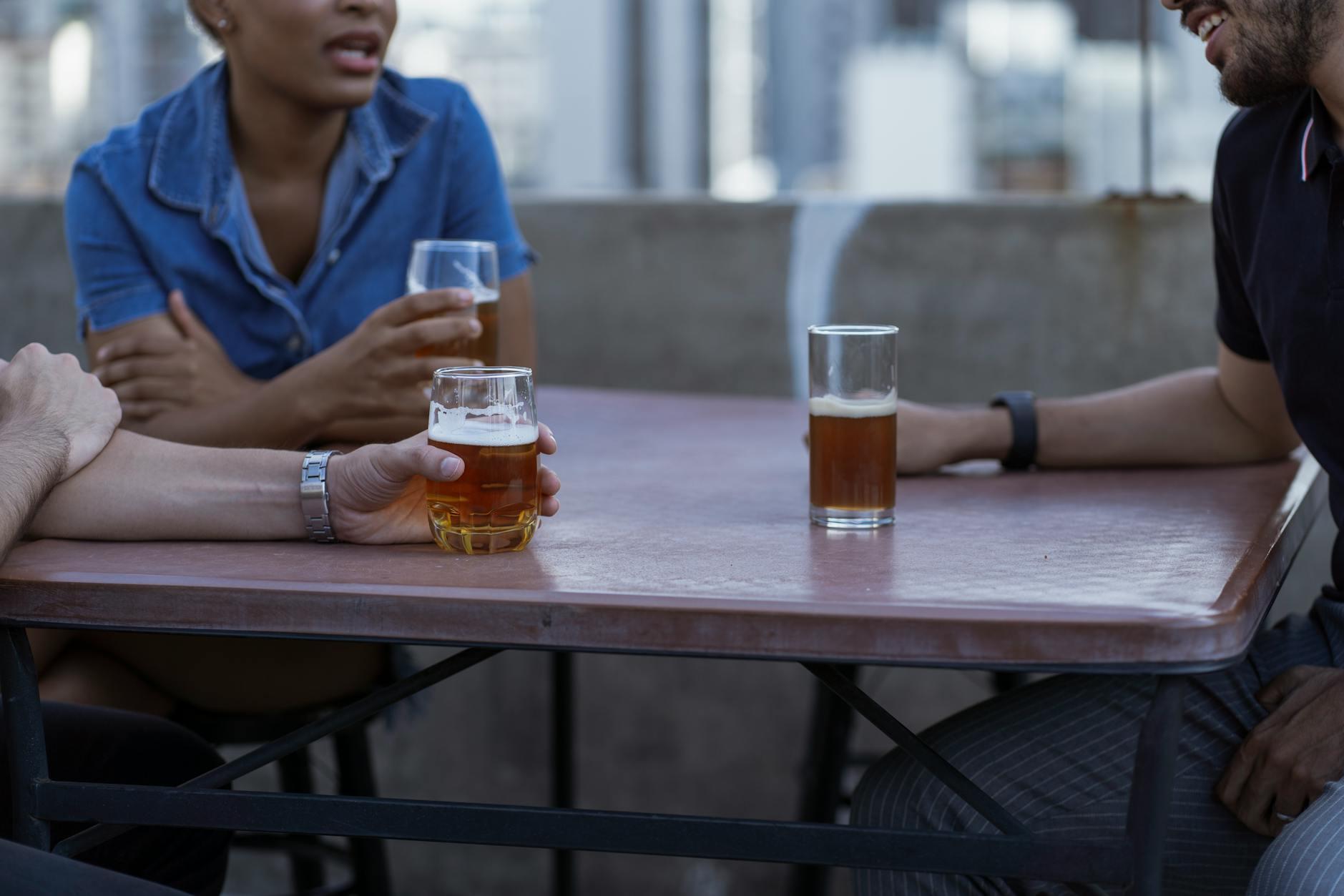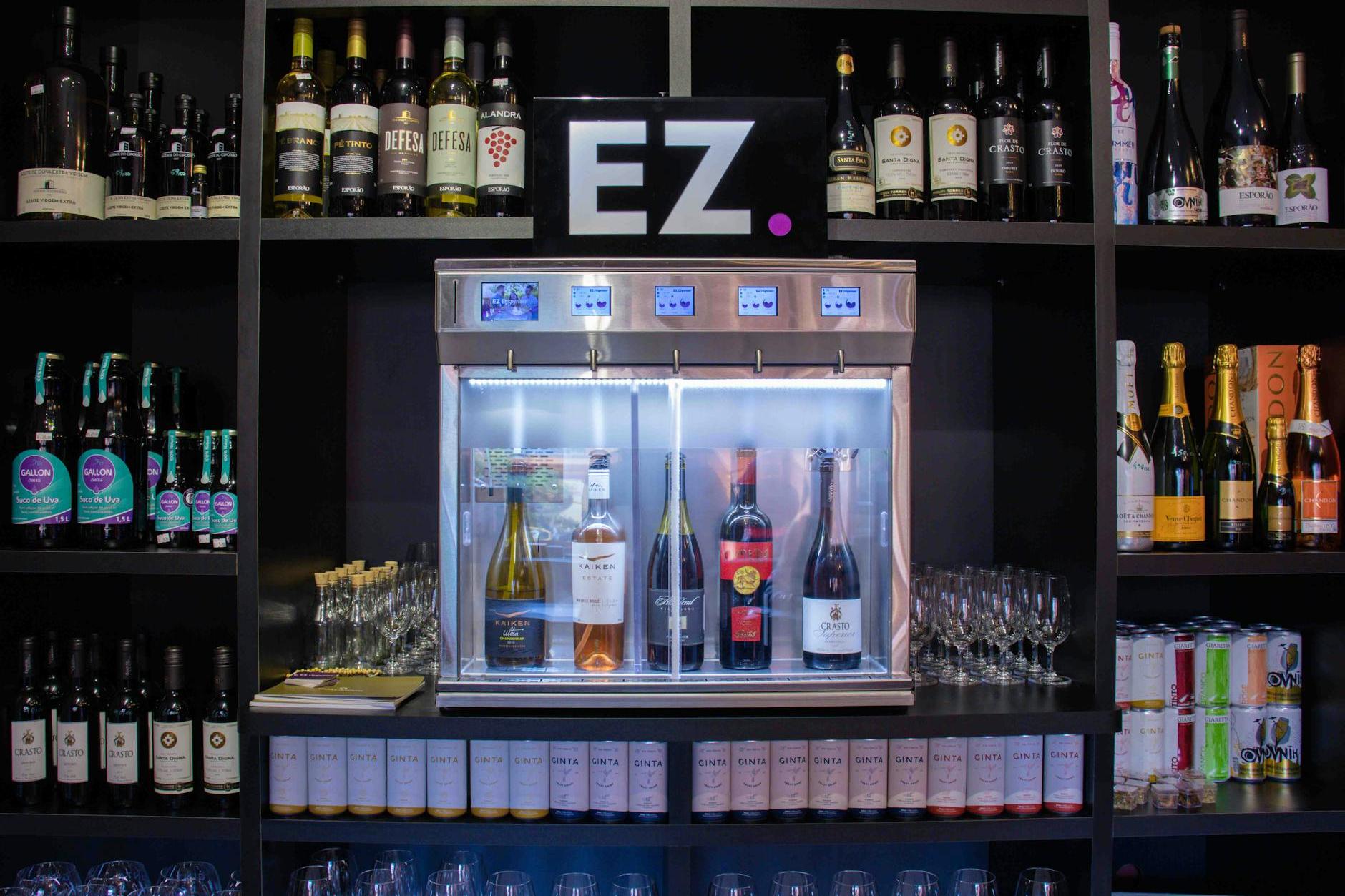- Shanghai Zhongshen International Trade Co., Ltd. - Two decades of trade agency expertise.
- Service Hotline: 139 1787 2118
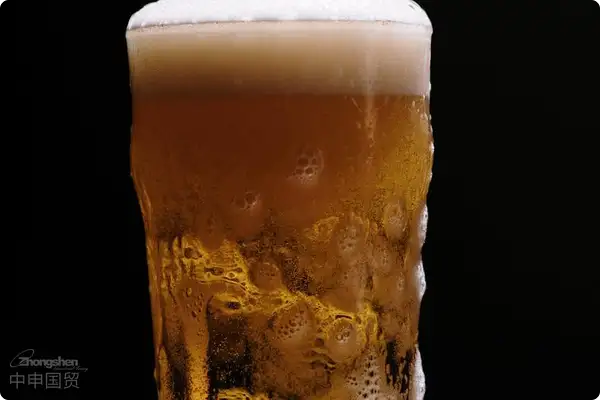
Contents
ToggleThe tip of the iceberg in Japan's beer market
In Japan, where izakaya culture thrives, beer manufacturers are known for their "stringent" selection of overseas agents. Unlike the open attitude of sake producers, leading companies such as Asahi and Kirin prefer to maintain their existing distribution systems. Data from Japan's Ministry of Agriculture, Forestry and Fisheries in 2023 shows that beer exports account for only 2.7% of total production, a figure that conceals a unique business logic.
Four Keys to Knocking on Manufacturers' Doors
- Triple Accreditation:In addition to the basicsimport and exportIn addition to the rights, it is necessary to prepare the HACCP certification, Japan JAS organic certification (for specific products), and liquor monopoly license.
- Channel fulfillment capability:The manufacturer will evaluate the initial order minimum quantity (typically no less than a 20-foot container) and the three-year channel expansion plan.
- Special Customs Clearance Qualifications:The ingredient registration for additives such as beer foam stabilizers and malt saccharifying enzymes must be completed three months in advance.
- Cultural Adaptation Plan:Please translate the following Chinese into English: Prepare a localized marketing plan that includes regional demographic structure and drinking scenario analysis.
The Unspoken Rules at the Negotiation Table
When dealing with Japanese manufacturers, these details often determine success or failure:
- Avoid direct contact with the headquarters; establishing connections through local export promotion associations (such as the Hokkaido Food Export Council) is more likely to gain trust.
- The success rate during the spring negotiation window (February to April) is 40% higher than in the autumn, aligning with manufacturers' new fiscal year budget allocation cycles.
- Prepare a Japanese version of the company introduction video, highlighting the temperature-controlled warehousing system (with a requirement that the constant temperature zone of 0-5℃ accounts for no less than 30%).
| Manufacturer type | Agent threshold | Exclusive authorization period |
|---|---|---|
| National brand | The deposit for provincial agents shall be no less than 500,000 RMB. | 3+2 years (with renewal upon evaluation) |
| Regional Craft Beer | City agent deposit: 100,000-200,000 yuan. | 1-year trial sales period |
Three Major Cognitive Misconceptions of New Entrants
- Blind pursuit of freshness:The 37-day shelf life requirement for draft beer necessitates full cold-chain transportation, and the logistics cost for the first order may consume all profits.
- Ignoring specification compatibility:The 334ml can size circulating in Japan poses display challenges in domestic supermarket systems.
- Underestimating regional disparities:The light and refreshing taste favored in Kanto may have an acceptance rate of less than 30% in the South China market.
The golden 72 hours for risk prevention and control
A painful lesson for an importer: In 2024, due to the failure to declare hop extract (easily misclassified as a common food additive) in a timely manner, goods worth 800,000 yuan were detained at customs for 21 days, resulting in more than half of their shelf life being lost. Suggestion:
- Complete ingredient pre-screening 72 hours prior to shipment.
- Reserve a 10% tariff fluctuation margin (current comprehensive tax rate is approximately 43%).
- Purchase additional insurance for transportation temperature deviation (premium is approximately 0.3% of the cargo value).
The Success Code of Icebreakers
A South China importer broke through by adopting a "detour strategy": first establishing cooperative trust by distributing Okinawan specialty awamori liquor, then successfully introducing a local craft beer brand two years later. This case reveals a fundamental truth—in Japan's alcoholic beverage trade, patience itself is a competitive edge.
Looking back from the threshold of 2025, those companies that successfully secured the Japanese beer agency rights were all practitioners who perfectly blended rigor with flexibility. When you have prepared all the materials required by the Japanese side, it's worth checking whether the Japanese page of your corporate website accurately conveys your business philosophy—this is often the final touch that impresses the decision-makers of the manufacturers.
Related Recommendations
Category case
Get in Touch
Email: service@sh-zhongshen.com
Related Recommendations
Contact via WeChat

? 2025. All Rights Reserved. Shanghai ICP No. 2023007705-2  PSB Record: Shanghai No.31011502009912
PSB Record: Shanghai No.31011502009912
